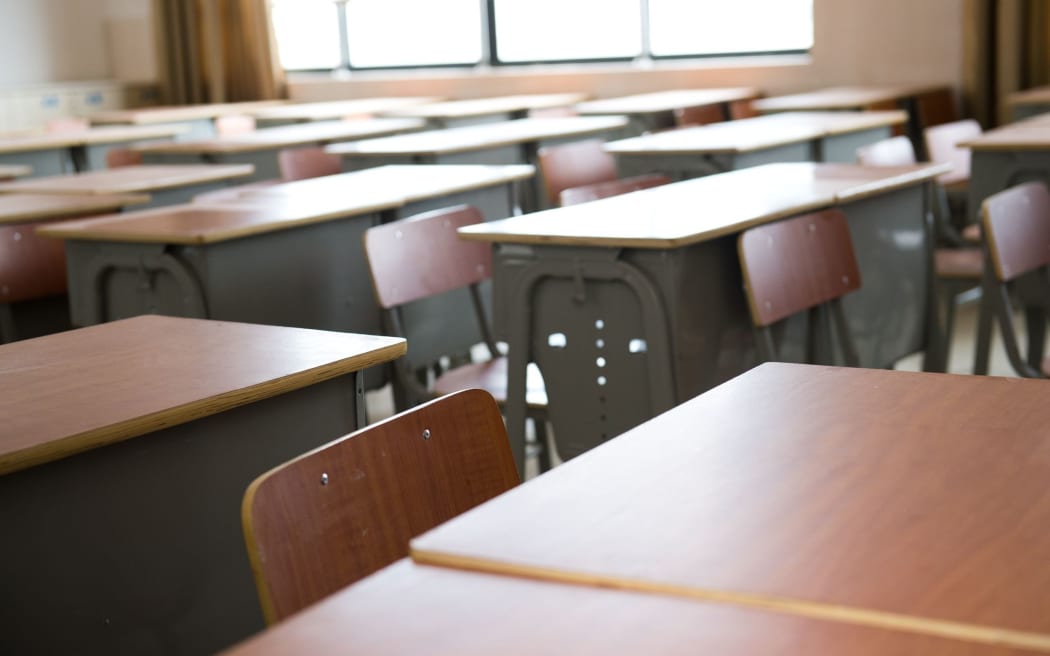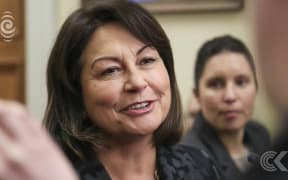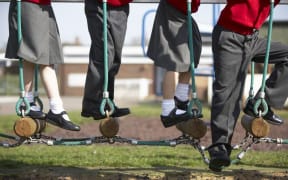One in seven schools is at least half empty with some operating at just nine or 10 percent of their capacity, Education Ministry figures show.

Photo: 123rf.com
The ministry said 330 schools, or 14 percent of the 2430 state and integrated schools, were at less than 51 percent of their capacity in March 2017.
They include 102 in rural or isolated areas, 54 integrated schools, and seven recently built in areas where rolls were expected to increase. The highest percentage of under-capacity schools was in Northland, while Taranaki/Whanganui/Manawatu had 45 under-used schools, and Auckland and in Otago/Southland had 41. Canterbury had the fewest.
Mike Williams from the Secondary Principals Association said there were too many schools and schools in the wrong places.
"The difficulty has been trying to address it. As we saw in Canterbury trying to rationalise didn't go well. But it is a major drain on Vote: Education because we're keeping going schools that are uneconomic and unviable," he said.
Mr Williams said the Education Ministry was working on better processes for closing and merging schools, and it could now require schools to adopt enrolment schemes and stop growing at the expense of their neighbours.
But he said the new government needed to put the problem on its agenda.
"It needs addressing because it's sucking resource out of the system, it's inefficient use of the resourcing. If you're getting to the stage where you're having to build extra classrooms in one school and down the road there are empty classrooms, that's costing money, that's money that's not going into students' education."
Individual principals contacted by RNZ would not comment on the record, but one said excess rooms could be a financial burden because schools were not funded for their maintenance.
The ministry's figures indicated the situation was worst in Northland where one in four schools was at least half empty.
Pat Newman from the Tai Tokerau Principals Association said both rural and urban centres in the region had suffered from a falling population.
"A lot of the rural stuff is around populations disappearing. Some of the town schools it's around the 'flavour of the month', the same as you would have anywhere else," he said.
Mr Newman said it would not take many students to put some of the smaller schools below or above 50 percent of their capacity.
In Hawkes Bay and Gisborne, nearly one in five schools was below 51 percent capacity.
Canterbury had the lowest incidence of under-utilised schools with just 19 schools or seven percent below 51 percent of their capacity.
The Education Ministry deputy secretary sector enablement and support, Katrina Casey, said it considered removing rooms at schools that had a significant surplus of space and where rolls were unlikely to increase.
"This is done at the request of the school, as holding surplus property places an unnecessary burden on their maintenance and operating budgets."
Ms Casey said in regions where the population was declining, the ministry worked with schools and their communities to consider the best arrangements.
She said the ministry considered the distance between schools because closing or merging schools could make education less accessible for local people. In addition, school halls or libraries might be used by the wider community.
Schools below 51% capacity
- Tai Tokerau: 38 schools (26% of schools in region)
- Auckland: 41 schools (8%)
- Waikato: 39 schools (13%)
- Bay of Plenty/Rotorua/Taupo: 27 schools (17%)
- Hawkes Bay/Gisborne: 33 schools (19%)
- Taranaki/Whanganui/Manawatu: 45 schools (16%)
- Wellington: 30 schools (12.5%)
- Nelson/Marlborough/West Coast: 21 schools (17.5%)
- Canterbury: 19 schools (7%)
- Otago/Southland: 41 schools (18%)





